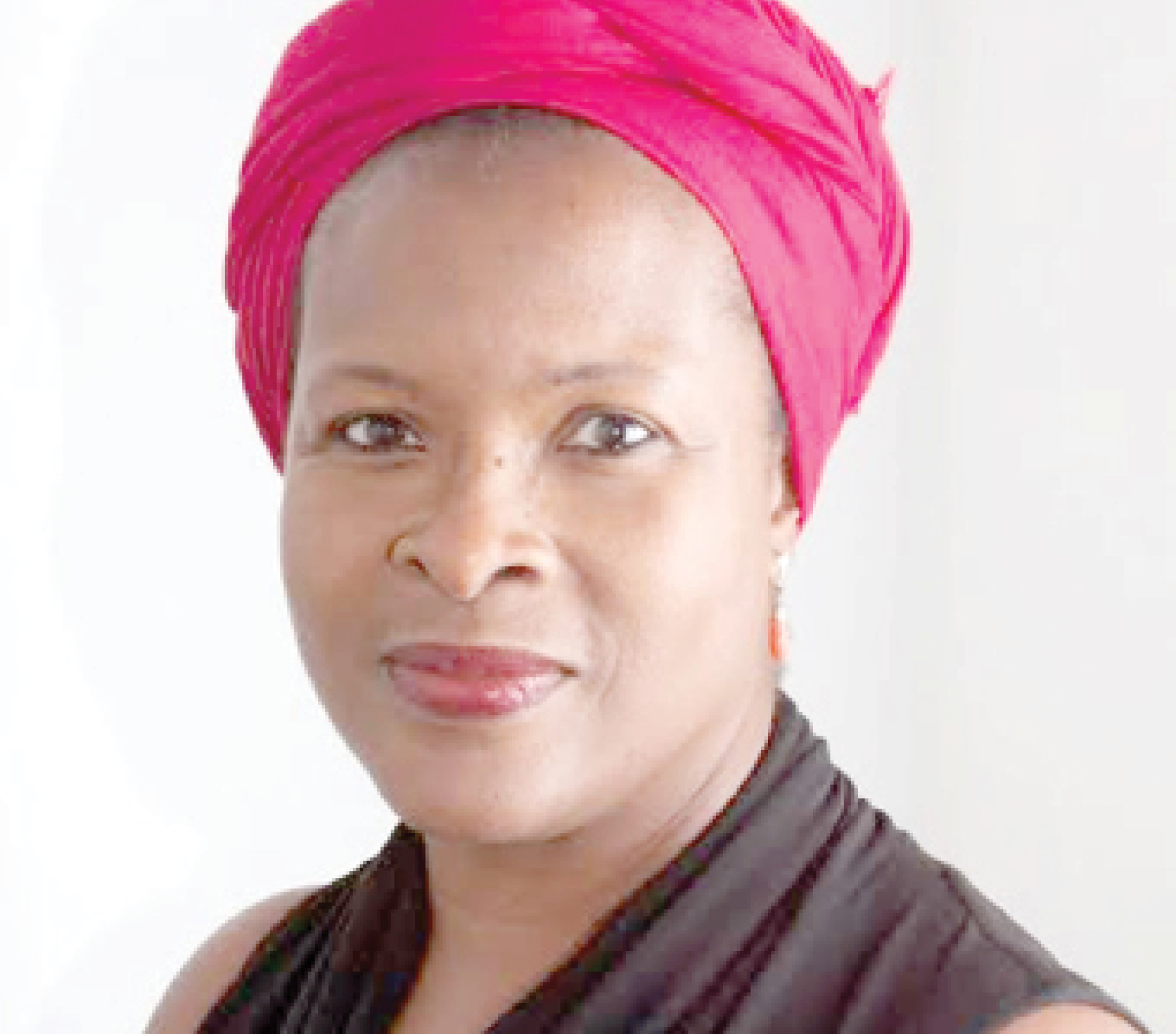Sokari Douglas Camp was born in Buguma, Nigeria, a Kalabari town in the Niger Delta but based in London. The award winning artist’s commitment to environmental and political issues and her extraordinary capacity to express her messages clearly put her in a privileged place among contemporary established artists. She shares what’s behind her idea of art and her unique artistic approach.
How did you start doing art?
In the first phase when I started art school, I started with paint, I was very excited about it, and I truly thought that I would be a painter, but what happened is that I didn’t really love any of my paintings! Today, I’m still highly fascinated by the idea of painting, but luckily I soon discovered that it was easier to express myself through sculpture to put my hands in something. It’s just that the two-dimensional approach wasn’t for me.
In which way does sculpture allow you to express yourself more than painting?
It’s so different, and I think that was driven by it also because, in my culture, it was forbidden to women, so for me, it was almost like a statement.
In your work, we always find a unique cross-cultural approach between the Kalabari and Western cultures. Your way to create an intersection between these apparently distant worlds is powerful and yet incredibly harmonious. Can you tell us more about how these two realities merge in your art?
It certainly has to do with my out bringing because I was brought up by brother in law, my sister’s husband. He lived in Nigeria, but he was English. He was an anthropologist and he was studying my people, Nigerian and Kalabari people. Since he was an anthropologist, I was soon exposed to incredible information about our cultural identity. I knew lot more than I normally would if it wasn’t for him. There were many people coming to discuss aspects of my culture. That gave me an expanded way of thinking. So, when I decided to live and work in England, I approached English or European culture in the same way I would think of Kalabari culture. It was almost like finding their differences together with their similarities. However, it was not an analytical approach, but more a life-enjoyment way.

What are your artistic influences?
They come actually from an older person that I met in my teen years. This person was a dance choreographer. She was taking traditional dances and putting them on the stage. She took very traditional aspects of her culture and choreographed them beautifully. The cultural influence was so strong that she brought theater on stage. It translated so well that I thought I could put traditional aspects of my culture in a gallery.
In your work, there is a significant focus on environmental issues. You spend a whole deal of energy across the years in delivering the problems due to oil production in Nigeria and how it affected Nigeria Delta. What pushed you to embrace this purpose in your art?
In my lifetime Nigeria discovered oil. The place that I was born in has gas flaring. They used light gas to burn it off, a very unsustainable way that would have never been applied in Europe. However, they chose to do that in Nigeria. It made the air terrible, the situation was way worst than the one you could find in big industrialized cities, and we were a tiny, little island. My family is breathing that every day, and when I visit, I do too.
In London, I read a National Geographic paper saying that gas flaring in Nigeria affected Australia’s ozone layer. When I read that, I sadly realized that it wasn’t just a Nigerian problem, it concerned the whole world, and it was right to have a conversation about it.
Other current topics of your work are colonialism and gender inequality. With the year passing, did you notice any positive or negative changes concerning these issues?
I think we have become even more unequal. One time you could have a conversation about putting it right, but sadly today, a lot of it has still to do with money then since. Covid was a perfect chance to think about how we’re managing the world, how we are behaving, but we soon moved even further back before it started. Where we are is very painful right now
You created many memorial sculptures; which one was the most challenging and why?
I’ll say my memorial to Ken Saro-Wiwa. I made this bus to commemorate his work as an environmental activist, he was African first environmental activist and a writer killed in 1995. It was the most challenging piece that I ever did because of its history and because it was a public memorial. It gained a lot of notoriety, and many people wrote about it. It traveled England for about nine years with the idea to educate people about the situation in Nigeria.
Speaking up about the Nigerian government and the colonial powers misbehaving, especially as a Nigerian woman, was quite a big move for me.
Which part of your work do you most enjoy?
Playing in my studio! It’s all about the making and the creation process! It’s a place that always gives you surprises because sometimes things don’t figure out as you imagined them
You said you like to be playful also with your art. Do you think a playful approach is something artists should keep in his/her practice?
Yes! It’s very hard to describe what you feel and what you see. When you try to couple it together and make a presentation, you attempt to catch something – and it’s kind of ironic -, you try to make something meaningful, but there can be flows. However, even when you are making an effort is important to have an open approach.
Has your practice changed during covid?
Well, it was certainly hard; you ask yourself what is art for if no one can see it. So what did I do? I created tables and chairs, something that people could use! That was quite fun, and it was very physical, I used the materials I got, I created metal flowers that I put on top of them. The only thing we could do here in England was walking in nature, and you could look at your surroundings, and that was my way of celebrating nature
Your international reputation is huge, and it converted into many solo shows worldwide. What’s next?
So many things! I’d like to display my works differently, on the streets, because there are no restrictions this way. Just before lockdown, I was in Japan, and I was able to make a work in a railway wagon, and it could be seen from the platform. You couldn’t touch it, but t was for everyone to look at. If you think about it, it was totally covid sensitive actually! I’d like to pursue more works like that. That’s what I’m concentrating on next.
What is art for you?
Art simply expresses things that cannot be put in words, it’s a conversation for your eyes, and it makes you look at things differently. That’s just wonderful!
Culled from https://rdnarts.com

 Join Daily Trust WhatsApp Community For Quick Access To News and Happenings Around You.
Join Daily Trust WhatsApp Community For Quick Access To News and Happenings Around You.


